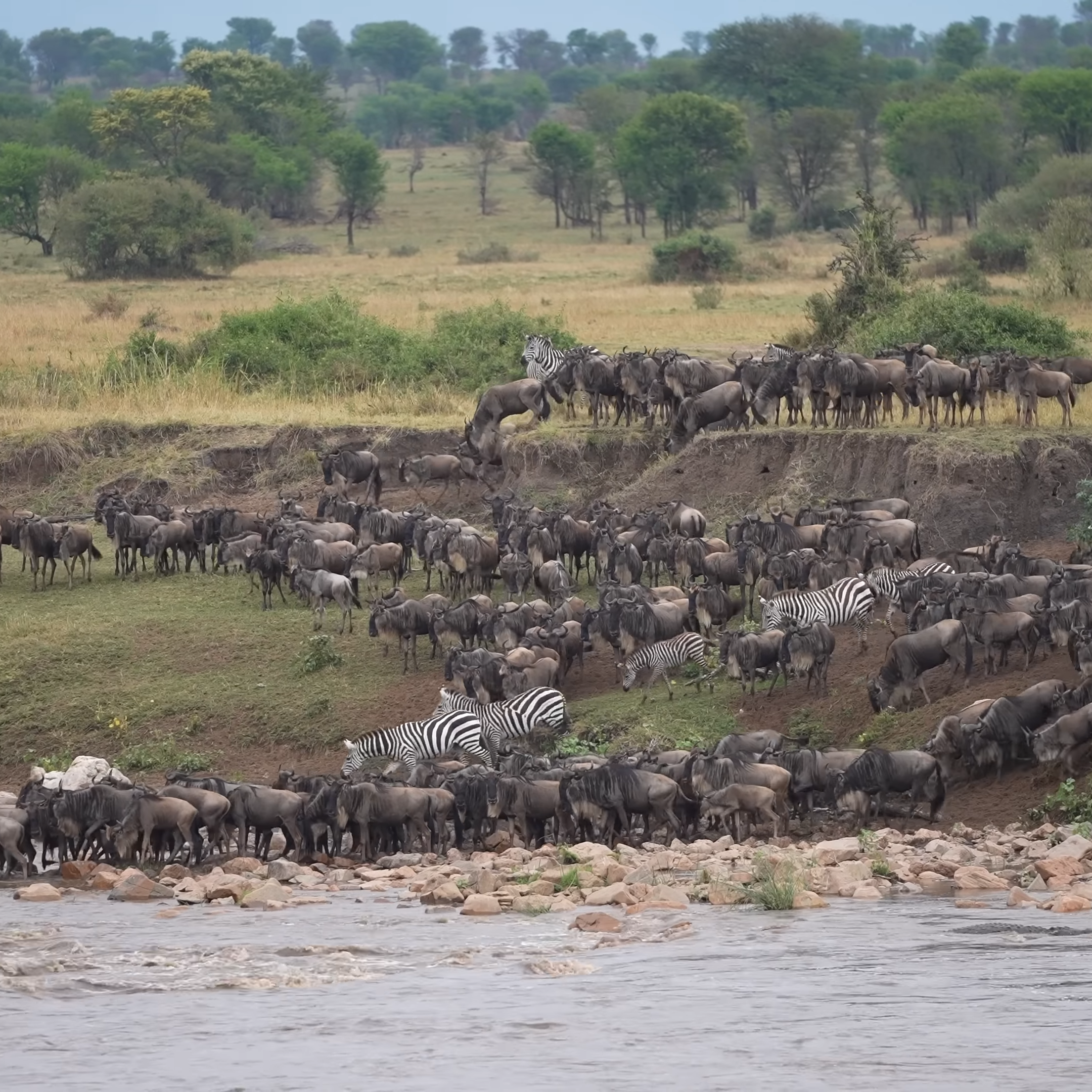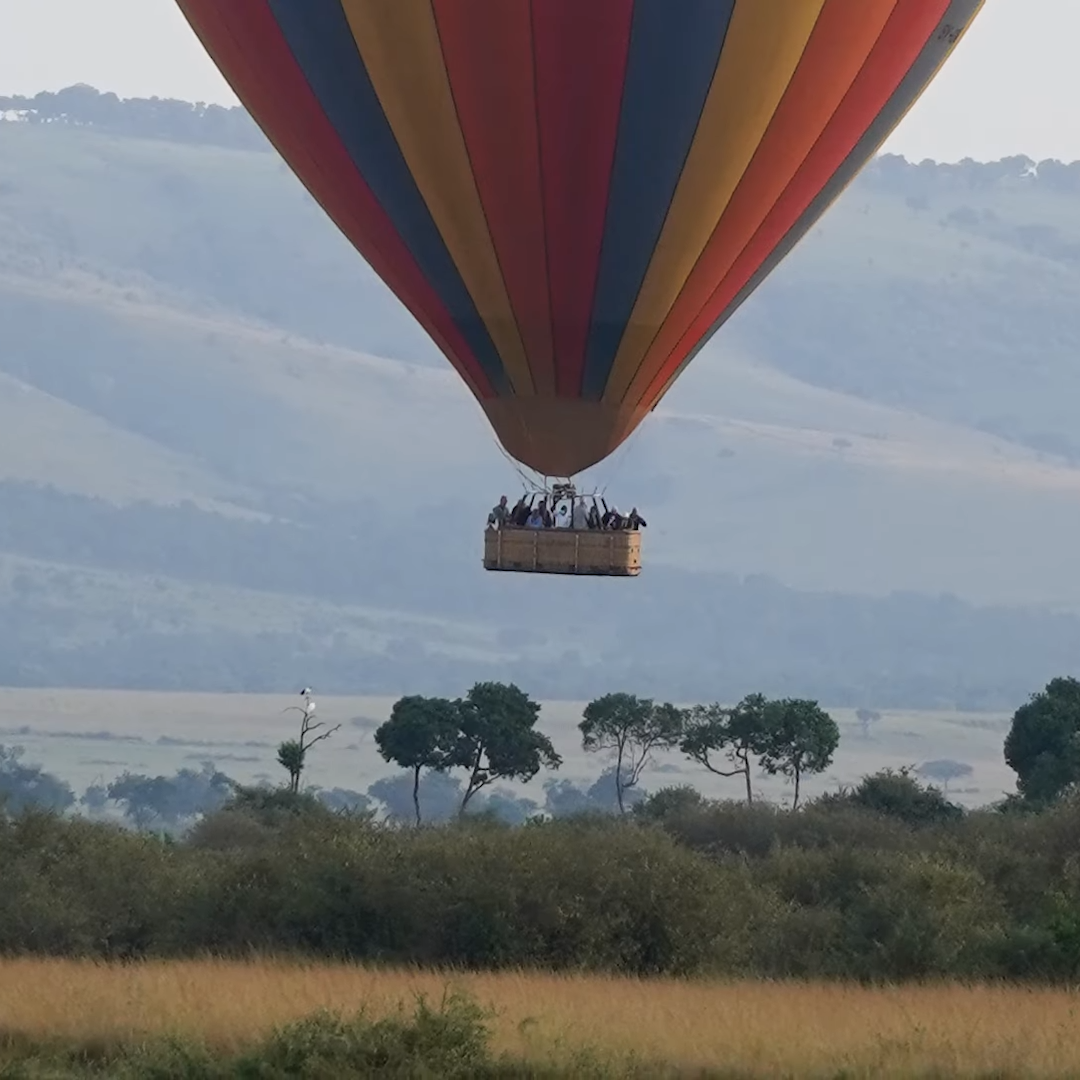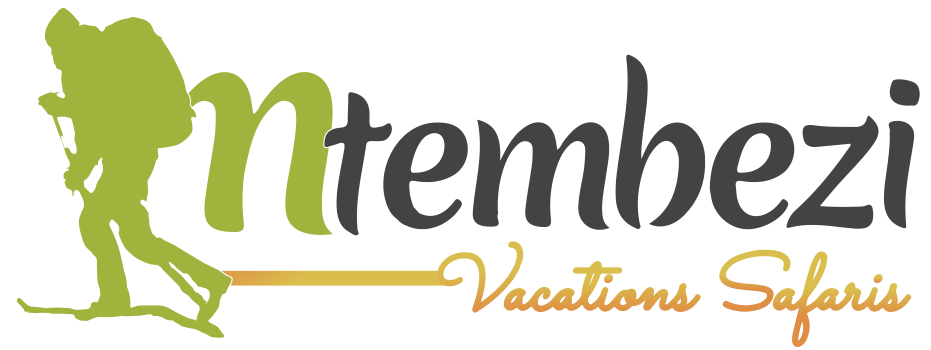River Crossings Vs. Calving Season: Serengeti Migration Secrets
Discover the pulse of the Great Migration in Serengeti National Park—where awe-inspiring Serengeti river crossings meet the miraculous Serengeti calving season.
Embark on a once-in-a-lifetime Tanzanian safari that reveals the raw beauty of wildebeest migration, the drama of predator-prey interactions, and the timeless rhythm of the Serengeti ecosystem.
A Serengeti Safari Like No Other
The Serengeti Migration is the heartbeat of Tanzania’s wildlife. During this epic journey—often called the Great Migration—millions of wildebeest, along with zebras and gazelles, traverse the endless Serengeti plains. This phenomenal movement not only captivates photographers and nature enthusiasts but also forms the backbone of conservation in this iconic African safari destination.
Whether you’re planning a Tanzania safari or exploring Northern Tanzania safaris on a budget, learning when and where to witness the Mara River and the Grumeti River Crossings Vs. Serengeti calving season is essential. Our expert Serengeti migration facts and travel tips show you exactly how to experience the Great Migration in Serengeti in all its splendour.
The Drama of River Crossings
Between July and October, the Serengeti transforms into a stage for high-stakes drama during the Great Migration. As thousands of wildebeest, zebras, and gazelles converge on the riverbanks, the iconic Serengeti river crossings—such as the Mara River Crossing and the Grumeti River Crossing—become nature’s most adrenaline-fueled spectacle.
Imagine standing at the edge of a churning river as one courageous wildebeest takes the plunge, sparking a cascading rush of hundreds or even thousands of animals plunging into crocodile-infested waters. This breathtaking moment, when one animal leads and the herd follows, is a vivid display of survival that answers the question, “When is the Serengeti River crossing?” It’s during these months that every splash, every leap, captures the raw intensity of predator-prey interactions. Lions, cheetahs, and other Serengeti animals often lurk nearby, waiting for the perfect opportunity to pounce—a dramatic reminder of the delicate balance of life on the Serengeti plains.
These river crossings are not just a visual spectacle; they provide crucial insights into the Serengeti migration, revealing how this dynamic ecosystem functions and the challenges it faces in terms of conservation. Whether you’re on a Tanzania safari or planning a combined trip to Masai Mara and Serengeti, witnessing these dramatic crossings is an experience that truly encapsulates the thrill of an African safari.
Our Safari of a Lifetime (the Great Migration in Tanzania)
While many people associate river crossings with the dramatic, iconic Mara River Crossing—renowned for its high-stakes drama and dangerous crocodiles—the term also encompasses the equally impressive Grumeti River Crossing in the western corridor of Serengeti National Park. Both events are integral to the Great Migration and offer unique, adrenaline-fueled experiences for safari-goers.
The Miracle of Calving Season
From January to March, the southern Serengeti plains—especially around the vibrant Ndutu area—transform into a bustling nursery, marking the Serengeti calving season. During this miraculous time, the plains become a cradle of life as thousands of wildebeest calves are born each day, sometimes reaching an astonishing 8,000 births in a single day.
This mass birthing event is a cornerstone of the Great Migration, ensuring that the cycle of life continues in one of Africa’s most iconic wildlife spectacles. As newborn calves take their first tentative steps almost immediately after birth, they embody the raw wonder of nature. This stunning process answers the question, “Where does the Serengeti calving take place?” by showcasing the Ndutu plains as the perfect setting for nurturing new life.
However, the beauty of calving is tempered by nature’s harsh realities. As the calves take their first steps, they are vulnerable to predators such as lions, hyenas, and cheetahs, which add a dramatic layer of predator-prey interactions to the scene. Yet, the synchronized nature of calving ensures that the sheer number of births overwhelms the predators, allowing enough young to survive and sustain the wildebeest migration.
For travelers embarking on a Tanzania safari, experiencing the Serengeti calving season is a profoundly moving and educational encounter. It offers not only unparalleled opportunities for wildlife photography but also a deeper understanding of the Serengeti ecosystem’s resilience and the intricate interplay between survival and renewal in the African wild.
Interconnected Journeys: The Cycle of Life in the Serengeti
The Serengeti isn’t just a vast wilderness—it’s a living tapestry woven from cycles of survival and renewal. Both the dramatic river crossings and the miraculous calving season form fundamental chapters in the story of the Great Migration. This cyclical journey sees the Serengeti migration continuously adapting to seasonal rains and shifting landscapes, ensuring that life on the Serengeti National Park in Tanzania—and even in the Masai Mara in Kenya—thrives against all odds.
Serengeti Migration Map
Follow the route of the wildebeest migration on Tanzania safari tours, where the journey begins in the southern calving grounds, sweeps northward through exhilarating river crossings, and then loops back again. This visual roadmap not only highlights key events like the Mara River Crossing and Grumeti River Crossing but also provides essential insights into the dynamics of the Serengeti ecosystem.
Conservation and History
Delve into the rich history of the Serengeti, where centuries of natural processes have shaped an ecosystem that supports more than just wildebeest. Zebras, gazelles, crocodiles, lions, and cheetahs all play their parts in this delicate balance. Understanding these interconnected events offers a window into ongoing conservation efforts and the historical significance that continues to drive tourism in African safari destinations like Serengeti National Park and Masai Mara.
Practical Information for Your Tanzanian Safari
Best Time to Visit the Serengeti:
- Calving Season: Plan your Serengeti safari from late January to March for close encounters with adorable wildebeest calves and dramatic predator-prey interactions.
- River Crossings: For the heart-pounding spectacle of the Serengeti river crossings, including prime moments at the Mara River Crossing and Grumeti River Crossing, aim for a visit between July and October.
Plan Your Serengeti Trip:
- Use our actionable tips and recommended Serengeti safari packages to book a tour that perfectly matches your interests—whether it’s a luxury Tanzania safari, a family-friendly trip, or an adventurous African safari.
- Consider itineraries that combine both river crossings and the calving season to get a comprehensive experience of the Great Migration, from witnessing the first steps of newborn calves to experiencing the intense moments when herds brave crocodile-infested waters.
African safari enthusiasts and Tanzania wildlife lovers can explore a range of Serengeti tours that include photography tips for capturing every dynamic moment of the wildebeest migration. For detailed queries like “How to see the Great Migration in Serengeti” or “Cost of Serengeti safari during migration,” our guides provide up-to-date Serengeti migration facts, practical travel advice, and insider insights that enhance your safari experience.
This comprehensive guide is designed to answer your most pressing questions about the Serengeti migration, river crossings vs. calving season, and everything in between. Whether you’re planning a Serengeti trip, a Tanzania safari, or even a combined journey to Masai Mara, our insights will help you navigate the best times to visit and how to immerse yourself in one of Africa’s most extraordinary wildlife spectacles.
Itinerary Ideas for Your Serengeti Adventure
Planning your Serengeti safari should be as exciting as the experience itself. Whether you’re asking, “What’s the best itinerary for a Tanzania safari?” or “How do I see both river crossings and calving in one trip?” We’ve got you covered. Here are some thoughtfully curated itinerary ideas designed to match your interests and budget:

Ultra-Luxury Mobile Camp Safari (11 Days)
Imagine waking up each morning in a luxury mobile camp that follows the herd. In this itinerary, you’ll experience the thrill of river crossings—like the iconic Mara and Grumeti crossings—while also enjoying exclusive wildlife encounters during the calving season. Perfect for travelers who want a premium, immersive experience, this itinerary ensures you’re right in the heart of the action, capturing every moment of the Great Migration in style.
Inspired by our ultra-luxury mobile camp journeys, this option is ideal for those asking, “How can I plan a high-end Serengeti safari?”

Classic Kenya Safari (12 Days)
For a blend of adventure and cultural discovery, consider a classic safari that spans both Tanzania and Kenya. This itinerary lets you experience the dramatic Serengeti river crossings in Tanzania alongside the equally awe-inspiring wildlife and vibrant culture of the Masai Mara in Kenya. If you’re searching for “the best time to visit Masai Mara” or “Serengeti safari packages that combine both regions,” this option provides a perfect balance.
This itinerary is a great choice for travelers wondering, “Where do wildebeest migrate in the Serengeti and how can I combine my trip to Masai Mara?”

Fly-In to Tanzania Safari (10 Days)
If you prefer to maximize your time on the ground and minimize long road transfers, a fly-in safari might be the best option for you. This itinerary takes you directly into Tanzania, with stops in Tarangire, Karatu, and the Serengeti. Here, you can tailor your days to focus on the calving season in the southern Serengeti and the exciting river crossings in the north. It’s an efficient and varied experience—ideal for those asking, “How do I see the Great Migration in Serengeti without spending all day on the road?”
This fly-in itinerary is perfect for travelers who want a compact yet comprehensive adventure that covers both the magic of the calving season and the thrill of river crossings.
Frequently Asked Questions (FAQs) on Serengeti Migration
1: What is the calving season in the Serengeti?
The Serengeti calving season is the period—typically from late January to March—when thousands of wildebeest calves are born on the nutrient-rich Serengeti plains, especially around the Ndutu area in Serengeti National Park, Tanzania. This mass birthing event is a key part of the Great Migration and plays a vital role in maintaining the balance of Serengeti wildlife.
2: What month is the Great Migration in the Serengeti?
The Great Migration is a continuous, year-round phenomenon. However, its most dramatic events occur during distinct phases: calving season (late January to March) and river crossings (July to October), highlighting different aspects of this epic wildlife journey.
3: What month is the calving season?
In the Serengeti, calving season peaks between late January and March, with February often being the most active month when up to 8,000 wildebeest calves may be born in a single day.
4: What time of year do wildebeest give birth?
Wildebeest give birth during the Serengeti calving season, generally from late January to early March, aligning with the availability of fresh, rain-enhanced grasses on the Serengeti plains.
5: Where is the best place to see the wildebeest migration?
The best locations to witness the wildebeest migration include the Mara River Crossing in Masai Mara National Park (Kenya) and the Grumeti River Crossing in the western corridor of Serengeti National Park (Tanzania). For a closer view of calving, the Ndutu area in the southern Serengeti is ideal.
6: What is the pregnancy period of a wildebeest?
Wildebeests have a gestation period of approximately 250 days. After this period, females give birth during the calving season, ensuring the newborns benefit from the abundant food available on the Serengeti plains.
7: What time of year are buffalo calves born?
While the Serengeti is renowned for wildebeest calving, buffalo calves are typically born during the rainy season—often between November and April—when the vegetation is lush and provides ample nutrition.
8: What month do wildebeest migrate?
Major movements occur when the herds depart from the southern calving grounds (usually around March) and embark on their northward journey, with significant river crossings happening from July to October.
9: Where do wildebeest migrate in the Serengeti?
Within the Serengeti, wildebeest migrate from the southern calving areas (such as Ndutu) northward toward the Grumeti and Mara Rivers, often crossing into the Masai Mara National Reserve in Kenya before returning to the Serengeti.
10: What is the best time to visit Masai Mara?
The best time to visit Masai Mara is during the dry season, from July to October, which offers optimal wildlife viewing conditions and the dramatic river crossings of the Great Migration.
11: What is the secret season for safari goers, and why is it special?
The “secret season” refers to the low or green season (typically November to June), with fewer tourists and lower prices. This period offers intimate wildlife encounters, lush landscapes ideal for birdwatching, and a more personal safari experience.
12: What if you have to go to the bathroom on safari?
Most safari vehicles are equipped with portable toilets or make regular stops at lodges and camps, ensuring you have access to the necessary facilities throughout your journey.
13: What is the rarest safari animal?
Among the rarest safari animals are the critically endangered black rhino and certain subspecies of African wild dogs. Serengeti National Park and Masai Mara’s conservation efforts are vital to protecting these elusive species.

